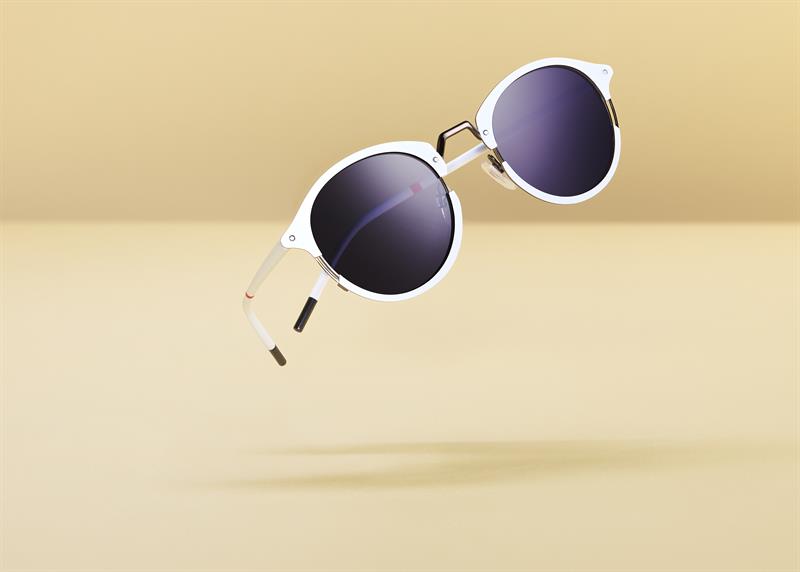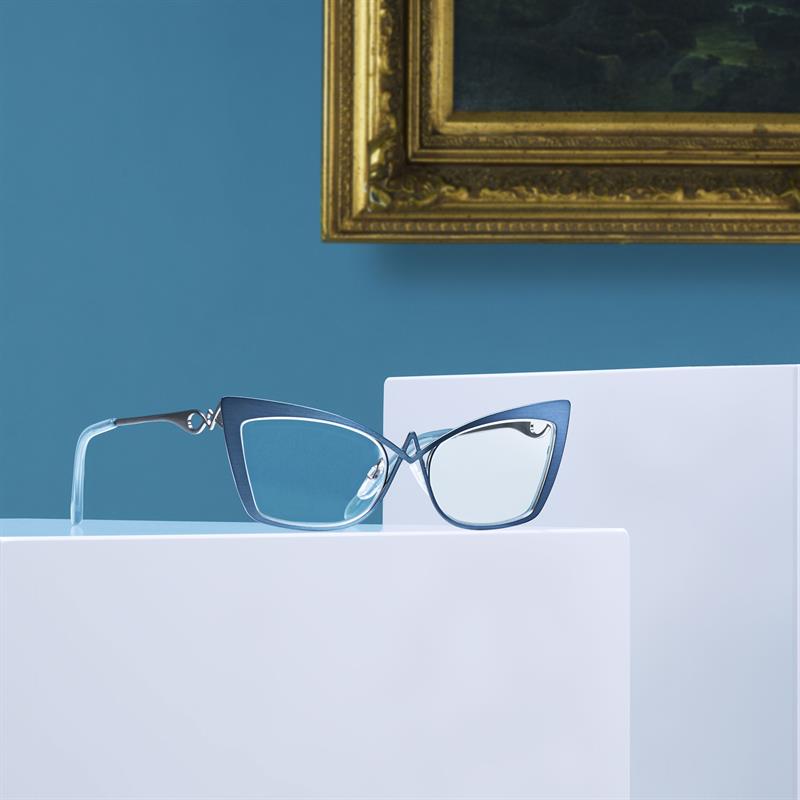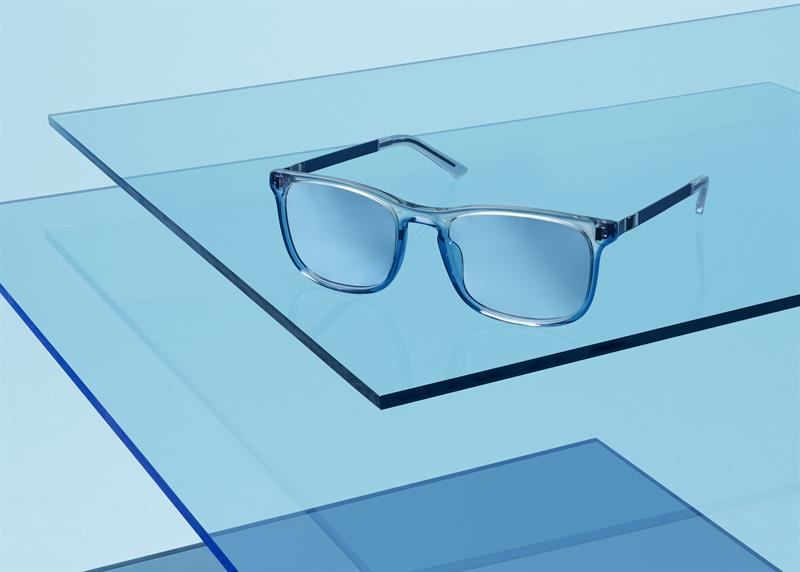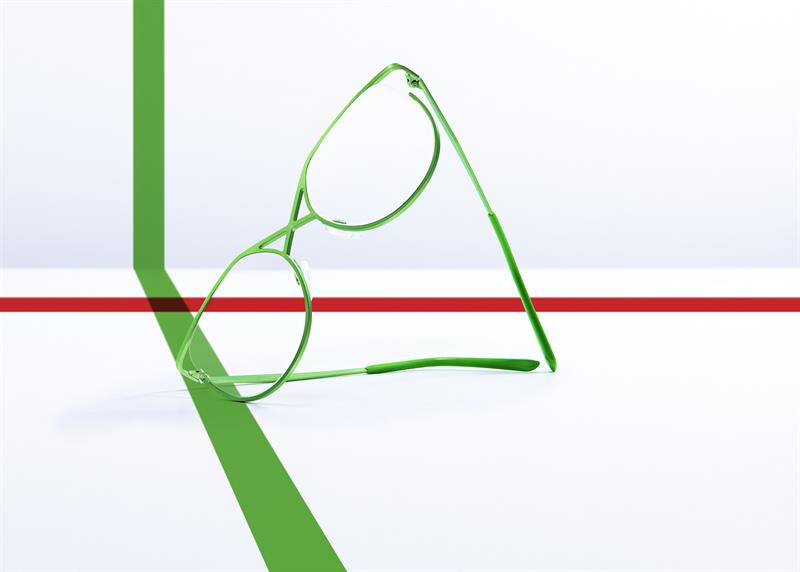
‘People go into optometry or become a dispensing optician but who goes into the frame design business in the UK?’ asks Kerry Pullin, director of global product development at Specsavers.
As the man charged with building up and maintaining Specsavers’ frame portfolio, it is a topic close to his heart and one the multiple has decided to do something about. The route it took was to set up a student competition in which budding designers at colleges around the country were invited to put forward spectacle frame designs. The plan was that the winning designers would see their creations put into production and sold in the high street under the the Design Collective brand.
The first Design Collective line up of 14 frames recently went on sale in Specsavers practices. As well as offering something new for Specsavers it fits in with the firm’s policy of managing its product portfolio.
Nine years ago Specsavers had 2,500 skus (stock keeping units; today it has about 1,400. Pullin says when serving so many customers choice is important as is depth to the ranges. While Specsavers has dabbled with brands and its own, recently revamped Osiris is now 25 years old, design and colour remain vital to eyewear.
‘It’s a fashion accessory. You have to have some colour that pops or its just black and Havana,’ he says. Bringing in brands did lead to a halo effect for its house brands and he’s mindful of every brand’s DNA. He says they take a department store approach and keep the collections together. The new products will be initially on sale for six months but add something different and exciting to the portfolio.
Four finalists were chosen (see boxes) from the 140 entries drawn from a wide range, of non-optical, design students. Pullin says as well as attracting a new, younger group of consumers Specsavers also wanted to raise the profile of optics and support eyewear design. ‘It was about testing the water to find new design talent,’ he says.
Once selected to be among the final four, the designers were helped by production teams to take on board the practicalities of frame design. This meant understanding things like the considerations for glazing. The finalists then got time to spend with production teams and see the practical aspects of eyewear and product design. ‘We didn’t want to stifle creativity but we have to be practical,’ says Pullin. ‘It’s a great way of bringing talent back into the industry.’

Joshua Teodoro, Loughborough University
The overall winner was Teodoro, who is also studying product design. He says designing glasses was a first for him. ‘I’m used to designing all kinds of things so I wanted to challenge myself and design glasses. My designs were inspired by space travel, so I’ve added a red stripe in the designs, similar to the stripe seen on spacesuits. I see space as a metaphor for the creative process. It’s all about exploration and being curious. I found designing glasses interesting because of the artistry and creativity. I’d love to design more.’

Hill is studying footwear design and took inspiration from her surroundings while growing up.
‘My glasses designs were inspired by me growing up surrounded by the decorative architecture of London and Spain. I’ve taken baroque and rococo details and given them a modern twist with shape and colour. In my opinion, glasses can be a big part of someone’s identity and I can definitely see myself going into glasses design in the future. This has been a fantastic opportunity. It has given us a platform to step into the design world and it’s so exciting to see our products come to life.’

Blackshaw is a graduate of jewellery and silversmithing and wanted to bring colour to clear acetate frames. ‘My inspiration came from seeing the rise in popularity of clear glasses – I wondered if I could add personality with pops of colour. When you look at the glasses straight on, you see clear acetate. Turning them to the side lets the colour and character come through. Being able to create my designs and see them come to life is really inspiring. I think there are similarities and transferable skills between jewellery and glasses design, so it’s been quite an easy transition for me.’

As a spectacle wearer Bachelet was keen to wear her own designs. ‘I really wanted these glasses to be for everyone, not gender specific. For me it’s about style. If you like the glasses, you should wear them and not worry about social constraints,’ says the product design undergraduate. ‘My tip for aspiring designers would be to go for it when opportunities like this come up. It’s been an amazing learning process for me.’
